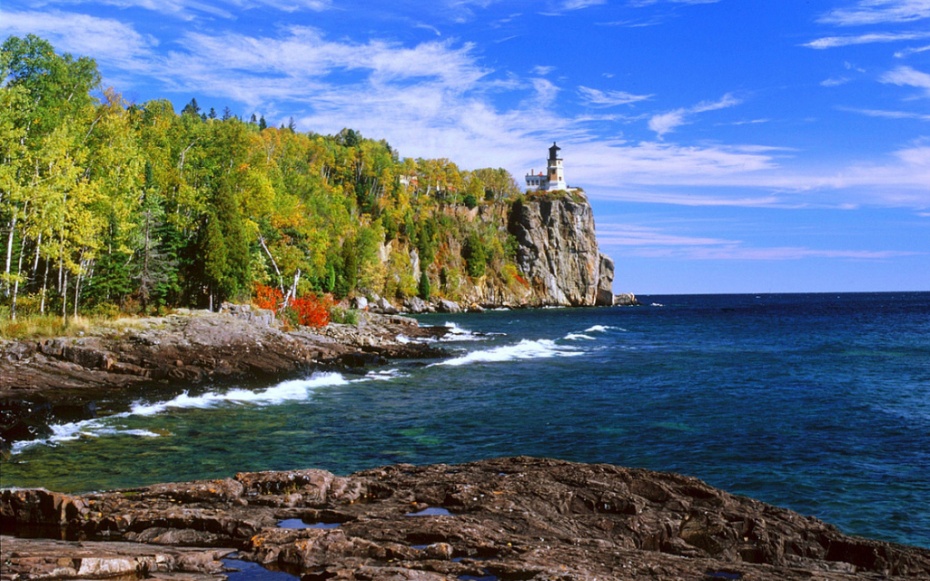
The surface area of Lake Superior is 82,170 square kilometres, making it the world's largest freshwater lake.
Lake Superior contains 10% of all the earth's fresh surface water.
The lake is about 563 km in length and 257 km in width.
Lake Superior has over 400 islands, the largest of which is Isle Royale.
Sliver Islet, a Lake Superior island off Ontario's north shore, was the site for 15 years in the 1800s of the world's richest silver mine.
Waves of over 40 feet in height have been recorded on Lake Superior.
The largest underwater formation in Lake Superior is the Superior Shoal, which rises from a depth of over 1,000 feet to within 20 feet of the water surface over a distance of just three miles.
Sudden changes in winds or barometric pressure around Lake Superior can produce seiches, a phenomena which results in water levels rising or falling as much as six feet along a coast in a short period of time.
The average annual water temperature of Lake Superior is 40º F. It only very rarely freezes over completely, and then usually just for hours. The last complete freezing of Lake Superior occurred in 1979, although the lake was almost completely frozen over in 2014.
Migrating birds of prey come to Lake Superior's north shore in great numbers each fall.
Lake Superior is home to 88 species of fish.